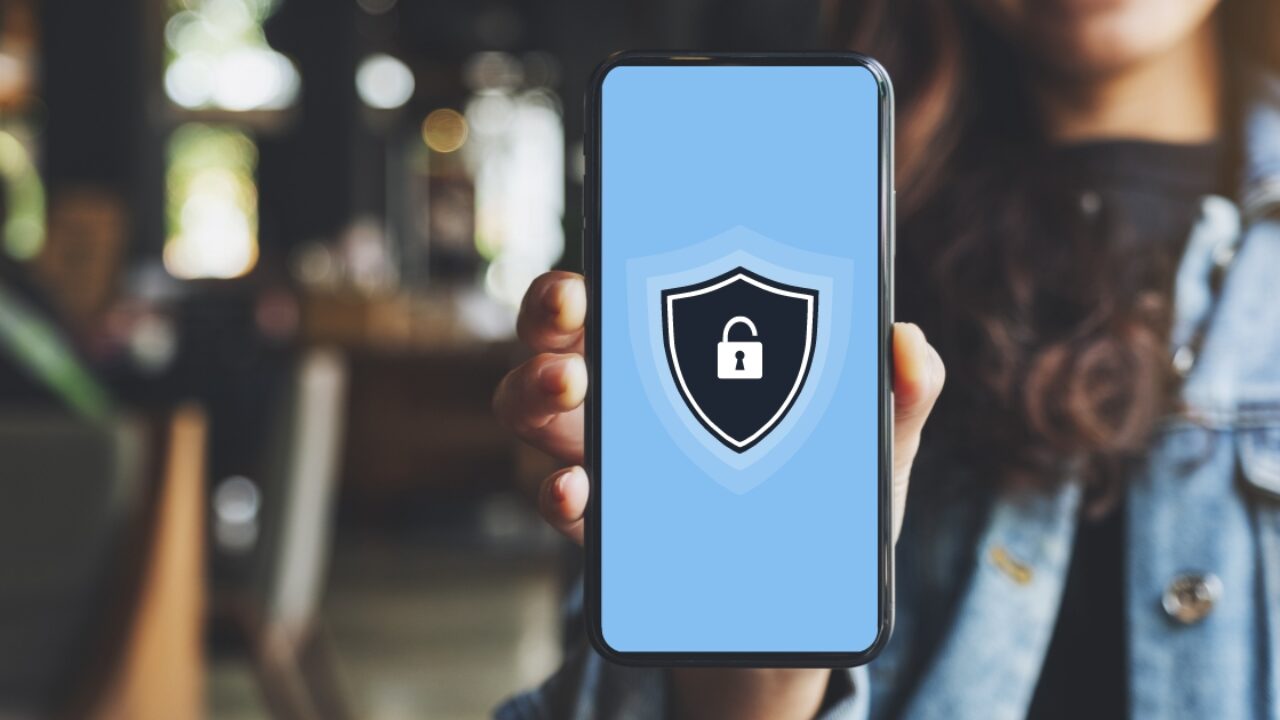With the rapid growth of mobile applications, ensuring their security has become paramount for developers and users alike. Mobile apps often handle sensitive user data, including personal information, payment details, and location data, making them prime targets for cybercriminals. Implementing best practices for mobile app security is essential to protect both your application and its users. Here’s a comprehensive guide to the best practices you should consider.

1. Conduct a Risk Assessment
Before developing your mobile app, perform a thorough risk assessment to identify potential vulnerabilities. Consider the types of data your app will handle and the threats it may face. This proactive approach will help you prioritize security measures during the development process.
2. Implement Strong Authentication
Authentication is the first line of defense against unauthorized access. Use strong authentication mechanisms, such as multi-factor authentication (MFA) and biometric authentication (fingerprint or facial recognition). Avoid using weak passwords and consider implementing features like password complexity requirements and periodic password changes.
3. Use Secure Data Storage
Sensitive data should never be stored in plaintext. Always encrypt data both at rest and in transit. Utilize secure storage options provided by mobile platforms, such as the Keychain on iOS or the Keystore on Android, to protect sensitive information. Implement secure coding practices to safeguard against vulnerabilities that could expose data.
4. Secure API Communications
Mobile apps often communicate with back-end servers through APIs. Ensure that all API communications are secure by using HTTPS to encrypt data in transit. Validate input data and use authentication tokens to prevent unauthorized access to your APIs. Regularly test your APIs for vulnerabilities to keep them secure.
5. Implement Code Obfuscation
Code obfuscation makes it difficult for attackers to reverse-engineer your app and exploit vulnerabilities. Use obfuscation techniques to protect your code from unauthorized access, making it harder for attackers to understand and manipulate your application.
6. Keep Software Updated
Regularly update your mobile app and its dependencies to patch known vulnerabilities. Keep an eye on security advisories from third-party libraries and frameworks. Implement an automatic update mechanism to ensure users have the latest and most secure version of your app.
7. Conduct Regular Security Testing
Integrate security testing throughout the development lifecycle. Conduct static and dynamic analysis to identify vulnerabilities in your code. Perform penetration testing to simulate attacks on your app, revealing weaknesses that may not be evident through standard testing methods. Regular security audits can help maintain a high-security posture.
8. Implement User Education and Awareness
Educating your users about best security practices is crucial. Encourage users to download apps only from trusted sources, such as official app stores. Provide clear guidelines on using your app securely, such as recognizing phishing attempts and managing sensitive information.
9. Minimize Data Collection
Collect only the data necessary for your app’s functionality. Avoid requesting unnecessary permissions that could expose sensitive user information. By minimizing data collection, you reduce the risk of data breaches and enhance user trust.
10. Prepare for Incident Response
Despite your best efforts, security incidents may still occur. Develop an incident response plan outlining how to respond to a security breach or data leak. This plan should include steps for communicating with affected users, analyzing the breach, and implementing measures to prevent future incidents.
Conclusion
Mobile app security is a critical aspect of the development process that should not be overlooked. By implementing these best practices, you can significantly reduce the risk of security breaches and protect both your users and your business. In an era where mobile applications play a vital role in daily life, prioritizing security will not only enhance user trust but also contribute to the long-term success of your app. Always stay informed about emerging threats and continuously improve your security measures to adapt to the ever-evolving landscape of mobile app security.


No responses yet